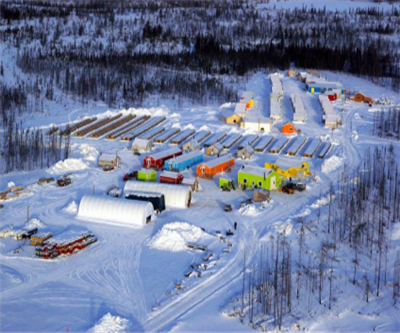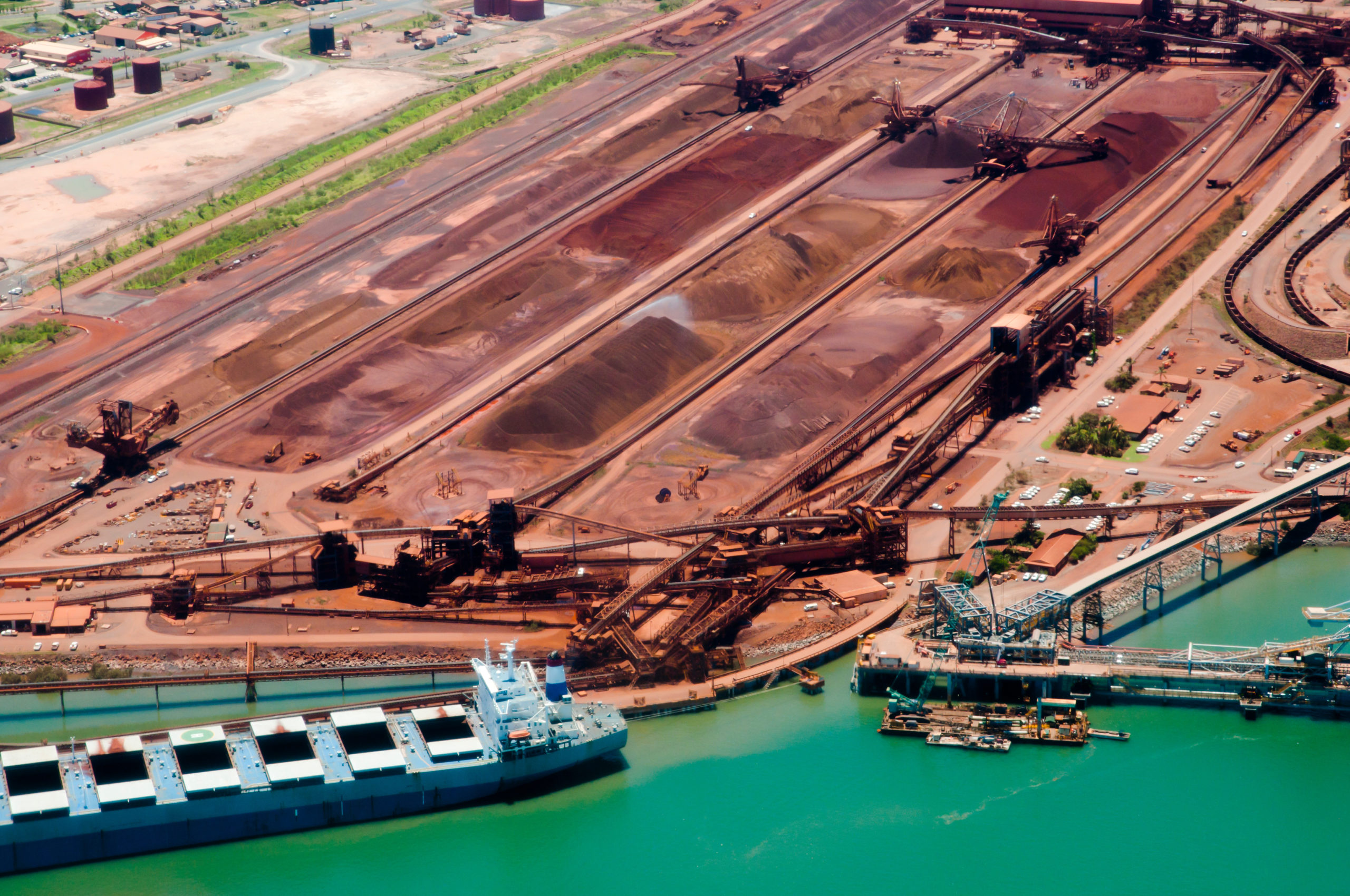Quebec Cree sign agreement with Goldcorp

The Cree Nation and Goldcorp Inc. have signed a cooperation agreement over the Éléonore gold project in the province of Quebec, Canada. Under the agreement, signed on Monday, Goldcorp recognizes Cree rights in the area surrounding the project, and the Cree support the rights of Goldcorp. to develop the property in traditional Cree territory.
The life-of-mine agreement includes provision for Cree participation in the mine, including employment, business opportunities and training initiatives.
“This Collaboration Agreement is a vibrant example where, with the participation of the Crees, mining development can take place and prosper in Eeyou Istchee,” said Dr. Matthew Coon Come, Grand Chief of the Grand Council of the Crees (Eeyou Istchee). “This agreement marks the beginning of a collaborative and fruitful relationship between the Crees and Goldcorp, a relationship based on respect for Cree rights and environmental and economic sustainability. In accordance with the principles of our Cree Nation Mining Policy, the Crees and Goldcorp have ensured that our traditional rapport to the land remains intact. This agreement sets the new standard for mining proponents seeking to do business in Eeyou Istchee.”
According to Goldcorp, the property is host to the Roberto Deposit, which is within a relatively unexplored greenstone/meta-sedimentary belt in the James Bay district of Northern Québec. The company acquired the property from Virginia Gold Mines in 2006 and incorporated Les Mines Opinaca (Lteé) as the operating subsidiary. A 2009 resources estimate outlines 3.15 million ounces of measured and indicated gold resources graded at 11.92 g/t and 6.25 million ounces of inferred gold resources with average grades of 12.93 g/t.
A mining camp has been set up with a workforce of 111, with 23% of the employees from the Cree Nation. Goldcorp says its 2010 exploration program focused on defining the edge of the main deposit, including the identification of new ore zones within the hanging wall stratigraphy close to the exploration shaft. A prefeasibility study and a decision on construction are still pending.
More News
{{ commodity.name }}
{{ post.title }}
{{ post.date }}



Comments